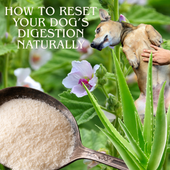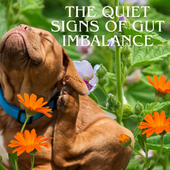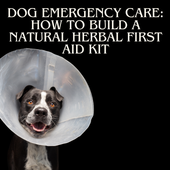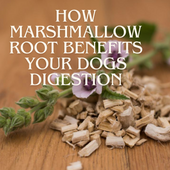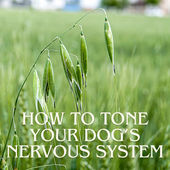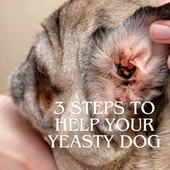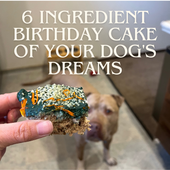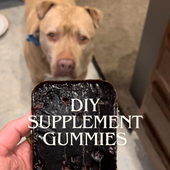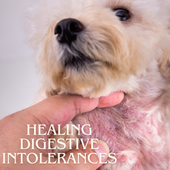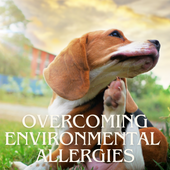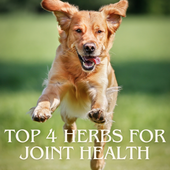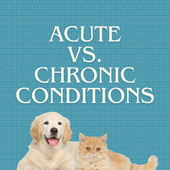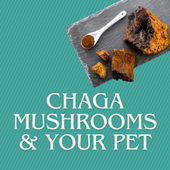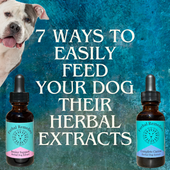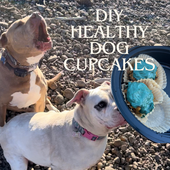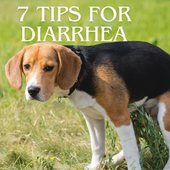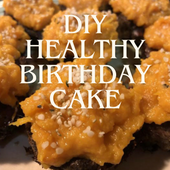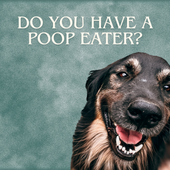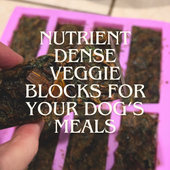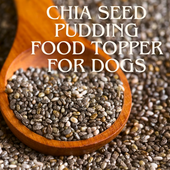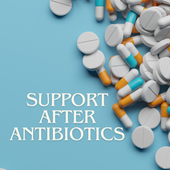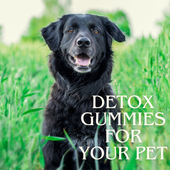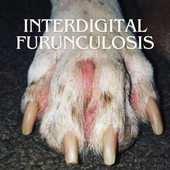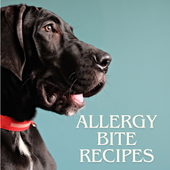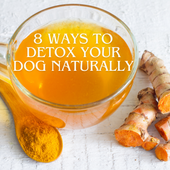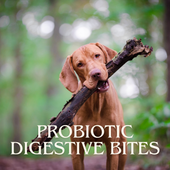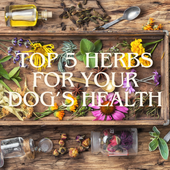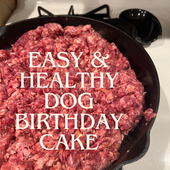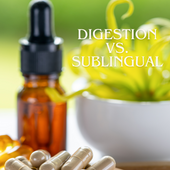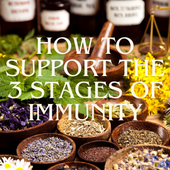Yeast overgrowth is becoming more of a problem as the years pass. Most people don't remember having super yeasty dogs when they were young. It seems to be a growing problem that unfortunately is harder to get under control. Let's break it down..
What Does Yeast Overgrowth Look Like?
Yeast overgrowth can develop in a few different ways within your dog. Some dogs experience only one or two of these symptoms while others develop more over time. Have you heard of the term "candida"? It's becoming more of a common issue in the human health world and is ultimately very similar to your dog's yeast overgrowth. Candida is a yeast, but not all yeast is Candida. It's like the old saying, a square is a rectangle but a rectangle is not a square. Candida is a type of yeast overgrowth that can happen to people and dogs alike. The solutions can be very similar as well!
Some symptoms are:
- Itchy, red patches on their skin
- Gunky, red-brown ear "wax"
- Rusty discoloration of the fur around their paws
- Thickened skin
- Dry, thinning coat
- New, darkly pigmented skin
What Can I Feed My Dog Internally To Help Reduce Yeast Overgrowth?
Although a lot of the symptoms of yeast overgrowth we tend to see on our dogs are external, meaning on the skin, it doesn't mean that only using external applications is needed. To fully help our dogs (and ourselves!) heal from a chronic illness, we need to address the whole body systemically.
Chronically = an illness or issue that has developed over a long period of time
Systemically = addressing the body and a whole, internally and externally
Internal Remedy Options For Yeast Overgrowth:
- Candi-Gone - Internal enzymes specifically for candida overgrowth - Enzymes help break down specific compounds within the body. The most common enzymes are digestive enzymes that help us break down our food. There are other combinations of enzymes that help us break down candida and mucus, repair damaged tissue and more. These enzymes that help our dogs remove candida from their bodies do so by breaking down candida's (the yeast's) outside wall, also known as its biofilm. This wall is usually very hard to break through and only certain substances have a chance at doing so. Enzymes break through this wall which gives the body a much better chance at releasing yeast. These enzymes will only work if they are given to your dog on an empty stomach. If they are given with food, enzymes will digest the food instead of breaking down the yeast in your dog's body. I believe this is one of the safest routes to go when dealing with yeast overgrowth. It is also the method that gives your dog the least amount of yeast-die-off symptoms. I've seen this work time and again for dogs and humans alike. This step of a yeast removal protocol is to specifically break down the yeast that is already present in your dog's body.
- Other remedies to help kill off yeast - There are specific herbs that help breakdown and kill off the yeast that is already present in your dog's body. Yeast is difficult because there is typically a two part system that needs to be given for the yeast to die off and then be released. Enzymes complete this two-part system. Which is why I prefer utilizing enzymes in addition to herbs for yeast overgrowth. Some other remedies that are good at breaking down (but not releasing) the yeast are: Oil of Oregano, Pau D'Arco bark, Olive leaf and Colloidal Silver. These remedies are great at killing off yeast but DO NOT help your dog's body eliminate the dead yeast. Once the yeast is broken down or "killed", it then circulates within the bloodstream. This can cause die off symptoms that are uncomfortable to your dog. It is important that you give remedies for the specific stage of releasing the broken down yeast that is then circulating through your dog's body. One of the best supplements for that is Caprylic Acid. Read below for more on Caprylic Acid.
- Caprylic Acid is a medium chain triglyceride that can help your dog's body release the yeast that has been broken down from the remedies above that are now circulating within your dog's bloodstream.
- Pup Probiotics - Adding beneficial bacteria to your dog's diet is a huge component of eliminating yeast. Our dogs should have beneficial bacteria all throughout their bodies, especially within their digestive systems. By repopulating the digestive tract with beneficial bacteria, you have the ability to crowd out the harmful yeast. Feeding isolated probiotics from a health food store or specific company can be a great start because you know how much your dog is ingesting, which can help them get back on the right path. These also tend to be flavorless, so they can be easily added to your dog's food. Other options are to add fermented foods, like sauerkraut, pickles, yogurt or kefir. These foods naturally have probiotics and prebiotics within them. If your dog is not picky or doesn't have certain allergies, then these can be options. Either the supplements or whole-foods probiotics will work. Make a personal decision based on these options. This step of the yeast removal protocol is to work on populating the digestive system with beneficial bacteria, which helps to crowd out the bad yeast to minimize the yeast present in the body.
- Remove the allergens that are causing the yeast overgrowth - You can learn this 5Strands Digestive Intolerance Test - Different foods cause different allergies in dogs. I hear time and again people just trying to remove common allergens, usually chicken and grains, and believe their dogs are on an allergy-free diet. This is a very broad way of looking at your dog's diet. Just like us, they have varying needs and must be fed different foods depending on their bodies. I fully recommend giving your dog an allergy test to see what specific foods are causing their body to react and create yeast overgrowth. This step of the yeast removal protocol is to help prevent your dogs body from producing more yeast. I have used a company called 5Strand which I have really benefited from. You mail in hair samples from your dog and they send you a multi page analysis of your dog's allergies on a rating of 1-3. The allergies they cover include a variety of proteins, organ meats, vegetables, fruits, preservatives, additives, grains and more.
- It's important to know that what may look like allergies could very well have turned into a yeast infection. Remember, it's important to address these situations by killing off the yeast that is present, helping the body release the yeast, populate the body with beneficial bacteria to create a healthier environment that yeast doesn't want to live in and finally, remove the foods that are causing your dog's body to create this reaction. Yeast is a chronic situation that happens over time. There are quick fixes out there but in reality, they are just a bandage to the problem. By getting to the root cause of these issues, you will be saving your dog a lot of uncomfortable situations and supporting them to get back to optimal health.
I know these situations can feel daunting but take it step by step. You got this!




